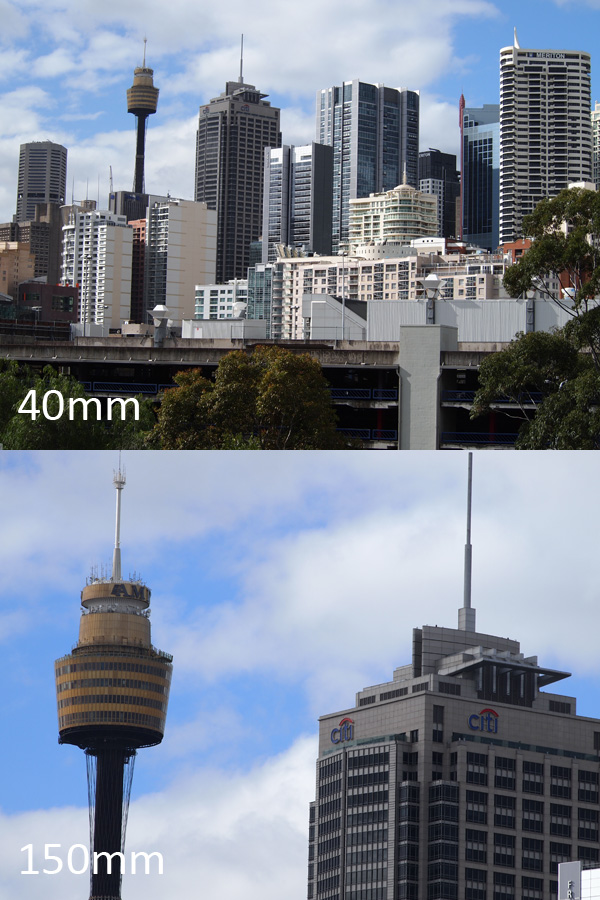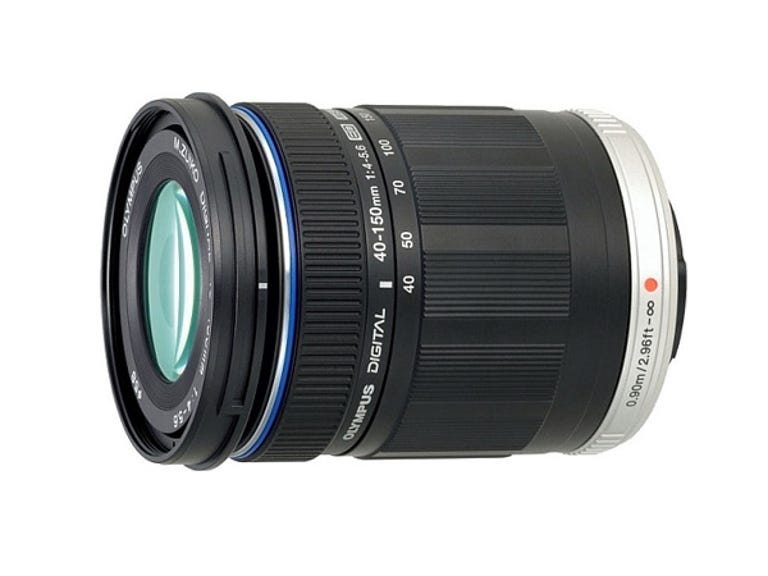 Why You Can Trust CNET
Why You Can Trust CNET Olympus M.Zuiko Digital ED 40-150mm f/4-5.6 review: Olympus M.Zuiko Digital ED 40-150mm f/4-5.6
The 40-150mm is a good telephoto lens for interchangeable lens cameras that is incredibly lightweight and pretty sharp.
Design and features
Despite the mouthful of a name, this is a Micro Four Thirds lens designed for interchangeable lens cameras made by Panasonic and Olympus. Covering a generous 40-150mm focal length, the telephoto lens comes as part of the twin lens kit with the E-PL2, or is available to purchase separately.
The Good
The Bad
The Bottom Line
Its all-plastic construction is the main indicator of its stand-alone price (AU$349). This is most certainly an affordable zoom solution rather than a specialist lens like the Voigtlander Nokton f/0.95 lens. There's a focusing ring towards the front of the barrel, though all other controls are taken care of in the camera, such as aperture adjustments. Given the plastic construction there is a fair amount of friction as the zoom is extended and in this respect the lens feels a little cheap, but it does become easier to extend with use. It's not particularly fast in terms of the maximum aperture, at just f/4 to f/5.6.
Weighing just 190 grams, this lens is lighter than many compact cameras and sits elegantly on the front of the E-PL2 (the camera we tested it with). Rather than being lens-heavy, the camera sits comfortably in your hand and adjustments to focal length and focus can be made relatively easily. The lens uses a 58mm filter thread and is optimised for near-silent autofocus for stills and movies (denoted by the MSC acronym on the lens barrel).
Image quality
The 40-150mm only displays very moderate amounts of pincushion distortion at the telephoto end. Sharpness decreases as you move towards the 150mm focal length; however, for a lens of this price it performs quite well.

A composite image showing the 40-150mm lens range. (Credit: CBSi)
Autofocus is mostly accurate and reasonably fast with adequate lighting, though not as fast as the Olympus 14-42mm lens. We did encounter problems when focusing at the telephoto reach of the lens in darkened situations, though this is as much an issue with the E-PL2 as the lens itself.
The pop-up flash of the E-PL2 is able to reach over the lens, with no real evidence of shadowing.
Conclusion
The 40-150mm is a good telephoto lens for interchangeable lens cameras that is incredibly lightweight and pretty sharp. Its build quality is not as refined as we would like, though the plastic construction isn't surprising given the budget price.


